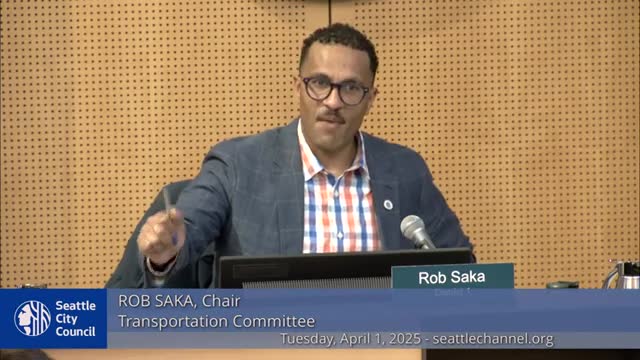Seattle Council discusses street safety and automated traffic camera deployment
April 06, 2025 | Seattle, King County, Washington
Thanks to Scribe from Workplace AI , all articles about Washington are free for you to enjoy throughout 2025!

This article was created by AI using a video recording of the meeting. It summarizes the key points discussed, but for full details and context, please refer to the video of the full meeting. Link to Full Meeting
The council member emphasized the importance of considering alternative safety measures that would not hinder community access to fresh produce, highlighting the steep terrain that residents would have to navigate to reach other food sources. This sentiment resonated with many in attendance, who echoed the need for solutions that prioritize both safety and community well-being.
As the meeting progressed, the committee shifted focus to the deployment of automated traffic safety cameras (ATSC) in Seattle. Lish Whitson from the Council Central Staff provided an overview of the city's 20-year history with ATSC, noting recent council actions aimed at expanding their use. The 2025 budget includes plans to deploy an additional 37 school zone cameras, alongside funding for automated enforcement technology, which has garnered support from the state legislature.
The discussions underscored a broader commitment to enhancing traffic safety while balancing the needs of the community. As the city navigates these complex issues, the voices of residents remain crucial in shaping policies that affect their daily lives. The committee's willingness to engage with community feedback reflects a growing recognition of the importance of inclusive decision-making in urban planning.
Converted from Transportation Committee 4/1/2025 meeting on April 06, 2025
Link to Full Meeting
Comments
View full meeting
This article is based on a recent meeting—watch the full video and explore the complete transcript for deeper insights into the discussion.
View full meeting